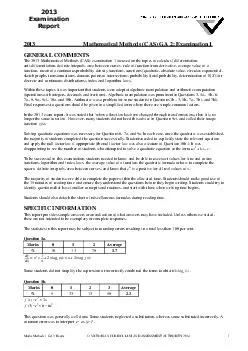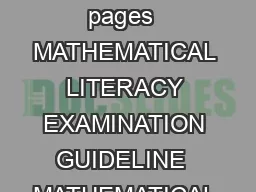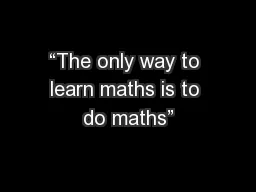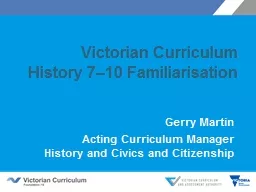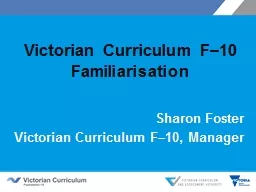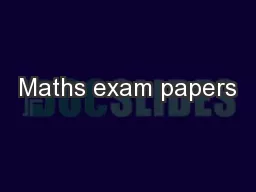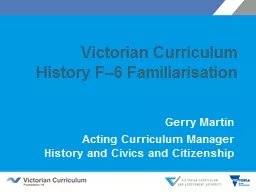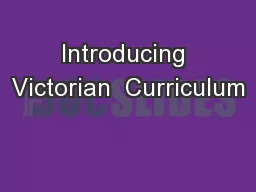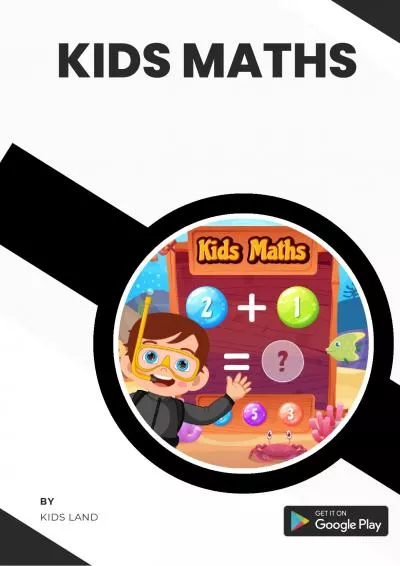PDF-Maths Methods GA Exam VICTORIAN CURRICULUM AND ASSESSMENT AUTHORITY athematical Methods
Author : karlyn-bohler | Published Date : 2014-12-18
Within these topics it was important that students were adept at algebraic manipul ation and arithmetic computation operations with integers decimals and fractions
Presentation Embed Code
Download Presentation
Download Presentation The PPT/PDF document "Maths Methods GA Exam VICTORIAN CURRI..." is the property of its rightful owner. Permission is granted to download and print the materials on this website for personal, non-commercial use only, and to display it on your personal computer provided you do not modify the materials and that you retain all copyright notices contained in the materials. By downloading content from our website, you accept the terms of this agreement.
Maths Methods GA Exam VICTORIAN CURRICULUM AND ASSESSMENT AUTHORITY athematical Methods: Transcript
Download Rules Of Document
"Maths Methods GA Exam VICTORIAN CURRICULUM AND ASSESSMENT AUTHORITY athematical Methods"The content belongs to its owner. You may download and print it for personal use, without modification, and keep all copyright notices. By downloading, you agree to these terms.
Related Documents

